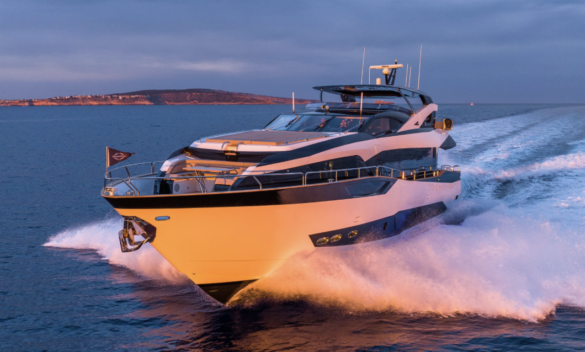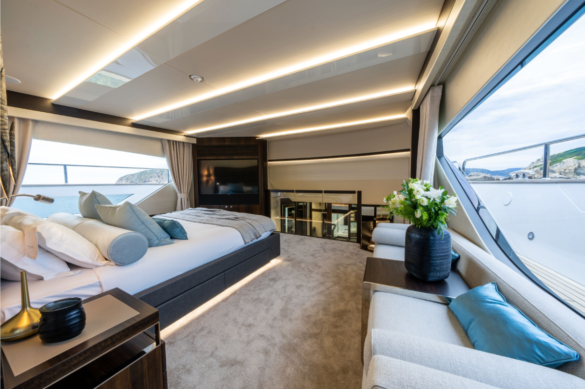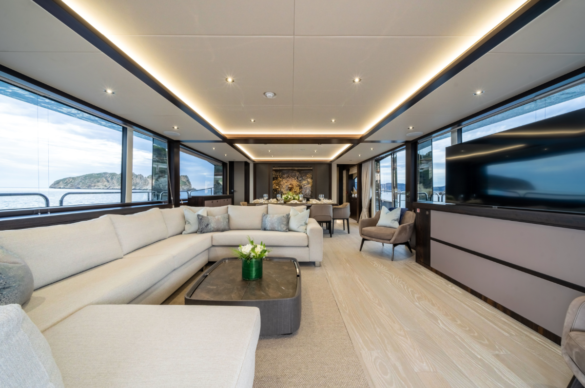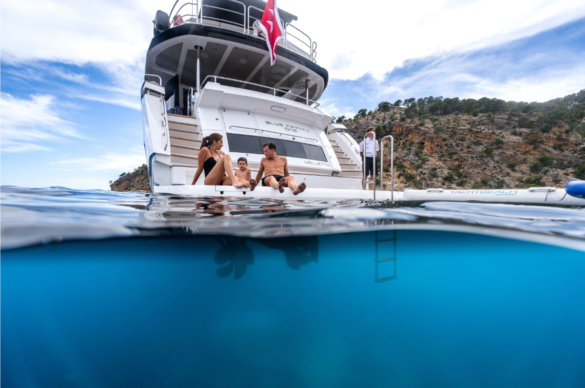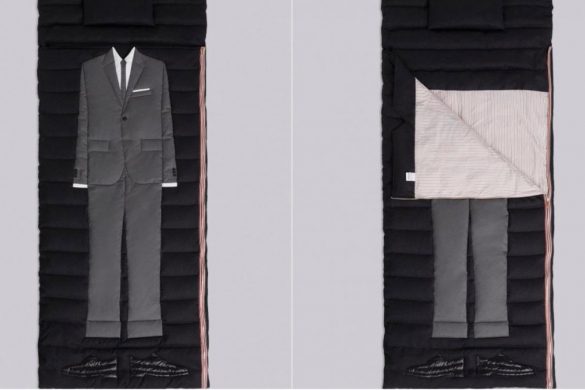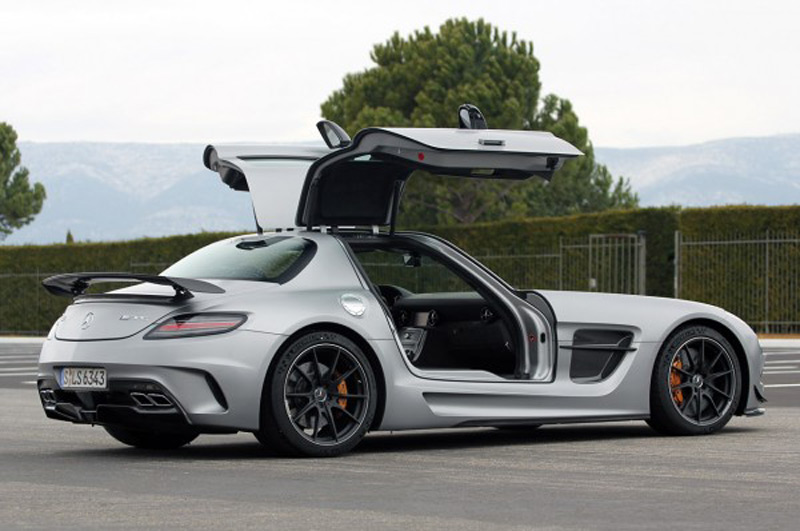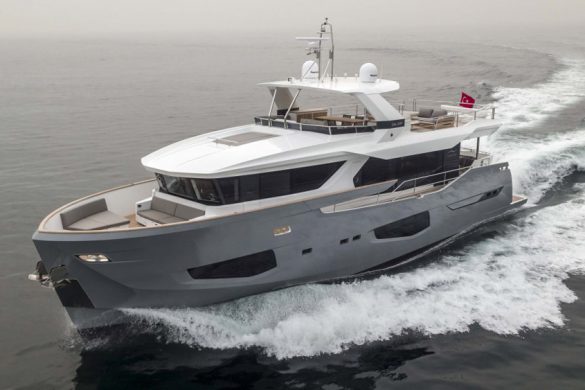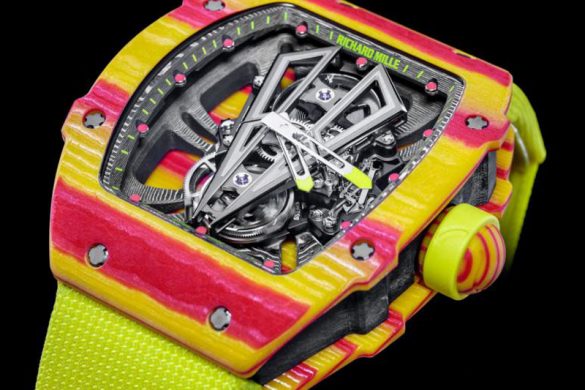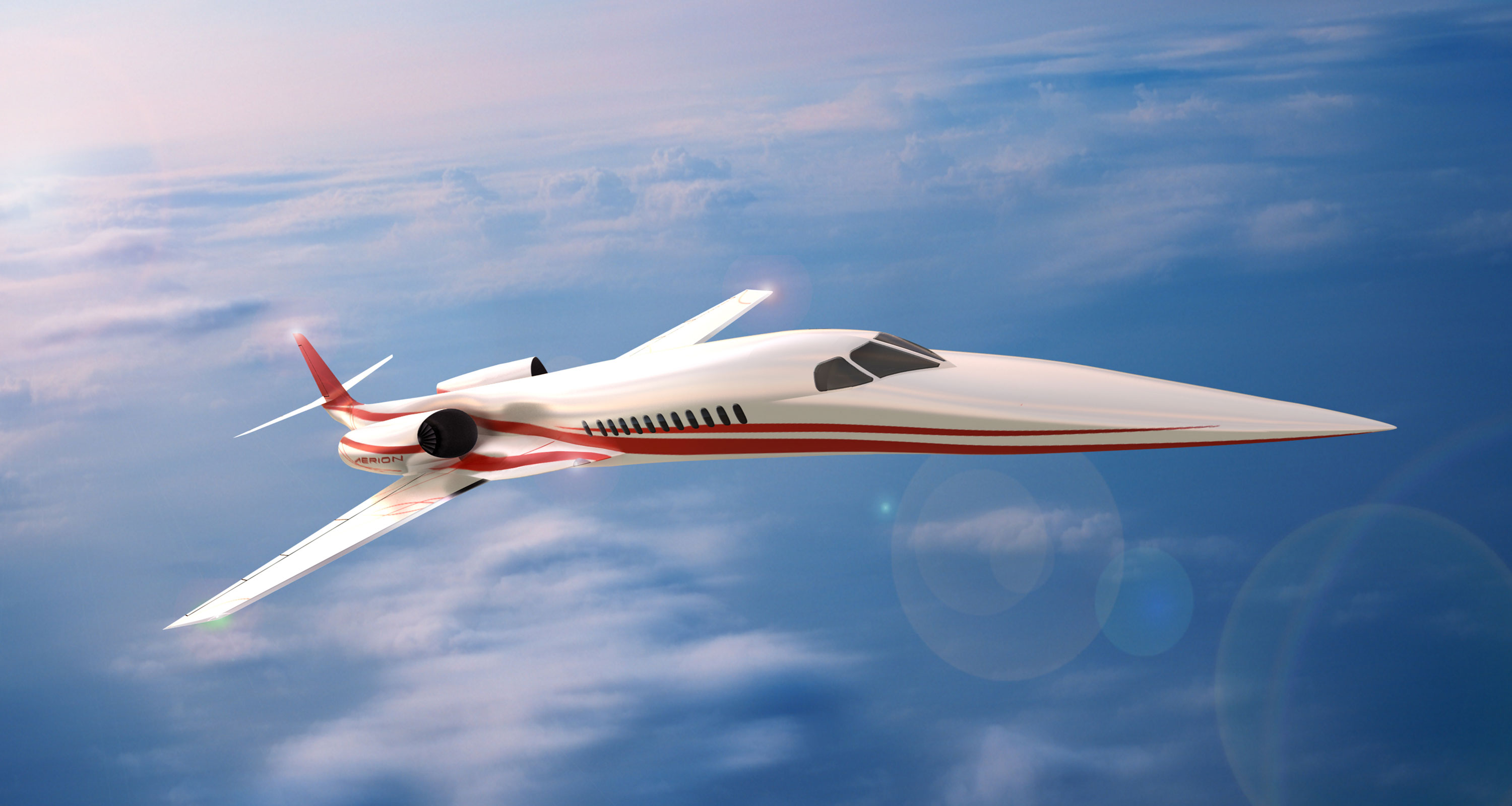
Aerion Supersonic Business Jet
Ten years after the Concorde disaster at Charles De Gaulle airport in Paris, and seven years after the turbojet-powered airliners were finally grounded, the age of supersonic air transport is about to recommence. But the latest announcement by Nevada’s Aerion Corporation hints at the comeback of supersonic air travel. Aerion Corporation is advertising its Aerion Supersonic Business Jet (SBJ), described as an $80 million, super fast executive plane which the company says is able to reach a speed of Mach 1.5 (1,840 km/h) with a range of 4,000 miles. It is currently undergoing proof-of-concept aerodynamic testing of critical components in NASA wind tunnels.
The plane in its current version can carry up to 12 passengers, but there is also a 50-seat version in the pipeline (half the capacity of the Concorde). Aimed straight at the globetrotting billionaires, the Aerion SBJ, at speed of Mach 1.5, will take just four hours and 14 minutes to fly from Paris to New York. A flight from the US East Coast to Asia will take nine-and-a-half hours only.
And even in the United States, where supersonic flight is banned because of Federal Aviation Administration sonic boom restrictions, the Supersonic Business Jet will be able to fly at a high subsonic speed of Mach 0.98 because of its unique, patented wing design, reducing coast-to-coast travel by 41 minutes vs. conventional aircraft.
The development cost for these super jets is estimated between $1.2 billion and $1.4 billion. Apart from Aerion, other companies like Cessna, Sukhoi, Russian aircraft giant Tupolev, the US’s Supersonic Aerospace International and the Japan Aerospace Exploration Agency is also in process of getting SBJs back on track. Aerion Corporation said it had already received $4 billion in orders for the supersonic jet, that is expected to hit the skies in 2014. Quite a few orders for the SBJ had come from the Middle East, where the concept of the airliner was presented at the Dubai Airshow in 2007.

